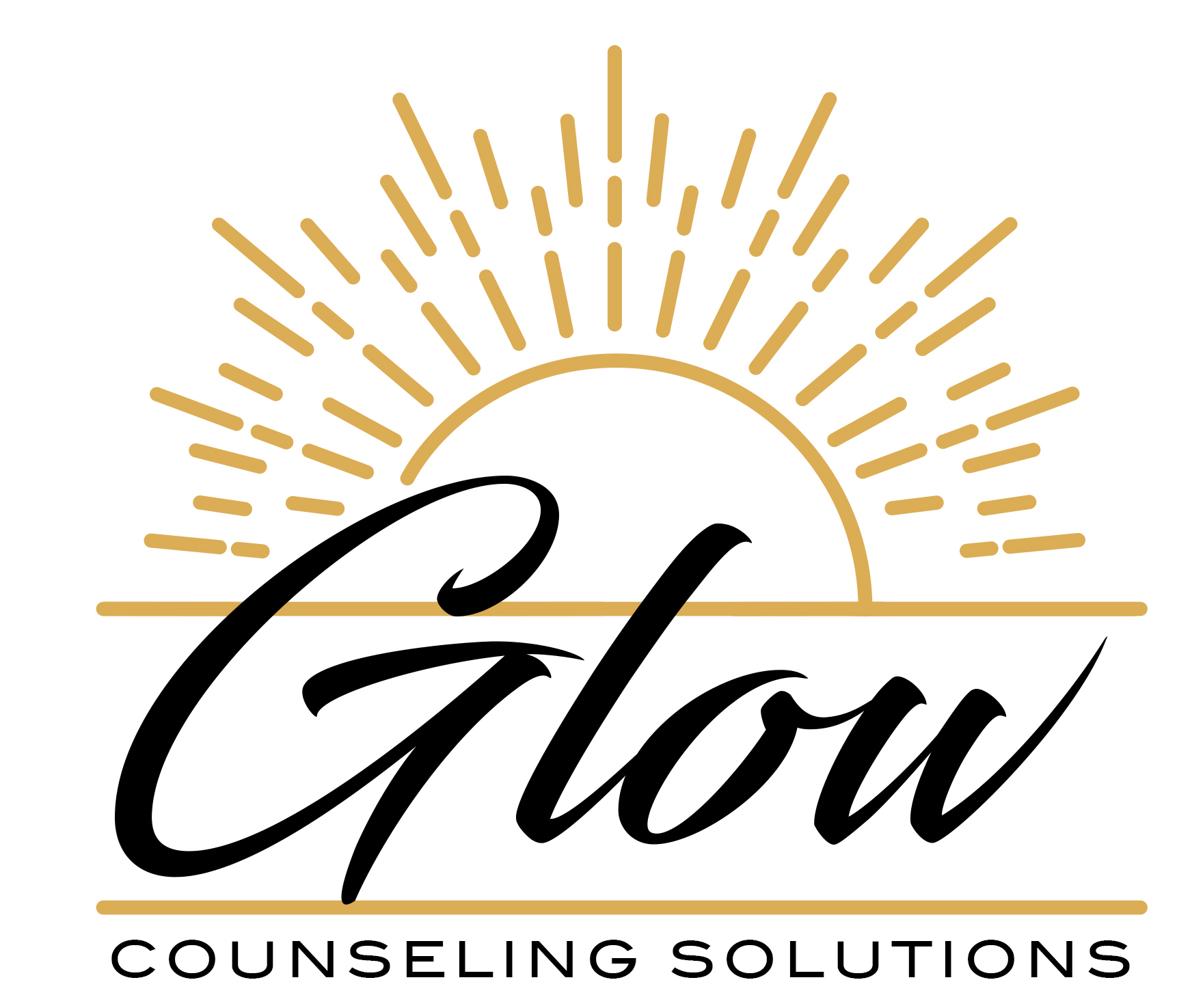The Importance of Building Mental Health Communities in 2025: A Path to Healing, Support, and Connection

The Importance of Building Mental Health Communities in 2025
Mental health is an essential aspect of our overall well-being, but despite growing awareness, it is still often stigmatized and misunderstood. For many people, the journey toward better mental health is filled with isolation, misunderstanding, and a lack of community support. In 2025, as we continue to see shifts in the way mental health is perceived and managed, building mental health communities is becoming more important than ever. These communities provide the environment, resources, and encouragement people need to thrive mentally, emotionally, and psychologically.
Understanding the Need for Mental Health Communities
When we talk about mental health, we often focus on the individual experience—depression, anxiety, trauma, stress, and other mental health conditions are seen as something that only affects the person experiencing them. While it’s true that mental health struggles are intensely personal, they don’t occur in a vacuum. Society plays a significant role in shaping how individuals perceive and cope with their mental health. In fact, the way a society or community addresses mental health can significantly impact how people seek help, manage their struggles, and ultimately recover.
Historically, people have been taught to “tough it out” or handle their mental health struggles alone. The idea of reaching out for help—whether from a therapist, a doctor, or even a friend—has been met with shame, fear, and stigma. The taboo surrounding mental health often prevents people from seeking support, which only exacerbates feelings of loneliness, hopelessness, and isolation. This is where the concept of building mental health communities comes into play.
What Is a Mental Health Community?
A mental health community is a supportive group of individuals who come together to create a safe, open, and non-judgmental space for discussing mental health. These communities can exist in many forms: online forums, support groups, therapy circles, local organizations, and even informal gatherings. The primary goal is to provide individuals with a sense of belonging, understanding, and encouragement, enabling them to cope with and address their mental health challenges.
Mental health communities can be as structured as a professional support group led by a trained counselor or as informal as a group of friends regularly checking in with one another. Regardless of the structure, the key component is the creation of a space where individuals feel safe to express their feelings, share their struggles, and receive emotional support from others who understand what they are going through.
The Healing Power of Shared Experience
One of the most powerful aspects of mental health communities is the sense of shared experience. For many individuals struggling with mental health issues, isolation can be one of the most devastating effects. When someone is dealing with anxiety, depression, or trauma, they may feel as though they are the only one experiencing it. This sense of being alone can deepen the emotional burden and make it difficult to see a way out.
By coming together with others who are experiencing similar challenges, individuals can feel validated and understood. They are no longer alone in their struggles. The simple act of sharing one’s feelings and hearing others express similar thoughts can be incredibly healing. It reduces the sense of isolation, boosts self-esteem, and fosters a sense of hope.
Shared experience also provides an opportunity for individuals to learn from one another. People in mental health communities often share coping strategies, therapeutic techniques, and personal stories of healing. These exchanges can provide invaluable tools and insights for managing mental health challenges. For example, someone struggling with depression may learn about mindfulness techniques or exercise routines that have helped others find relief.
Reducing Stigma and Promoting Mental Health Awareness
Building mental health communities plays a critical role in reducing the stigma that surrounds mental health. Stigma is one of the biggest barriers to seeking help for mental health struggles. In many cultures, mental health issues are viewed as a sign of weakness or failure. This leads to feelings of shame and embarrassment for those who are suffering. As a result, many people avoid seeking professional help or even confiding in their friends and family members.
By creating open, supportive communities where mental health is talked about openly, we can challenge these stigmas and normalize mental health struggles. When people hear others share their experiences without judgment, it helps to break down the misconceptions that mental health issues are a sign of weakness. These communities help people realize that mental health is just as important as physical health, and that asking for help is a sign of strength, not weakness.
Furthermore, mental health communities can serve as educational platforms. Members can share information about mental health conditions, treatment options, and resources for support. As awareness grows, it can lead to more informed conversations and a broader understanding of mental health in society. Ultimately, the more people are exposed to open, honest discussions about mental health, the more likely they are to support those who are struggling and encourage others to seek help when needed.
Creating Safe Spaces for Vulnerability
One of the essential elements of any mental health community is the creation of a safe space where vulnerability is not only accepted but encouraged. In a world where people are often expected to “have it all together” and appear strong and unshakable, it can be difficult to let down one’s guard and show vulnerability. However, vulnerability is a crucial part of the healing process. It’s only when individuals feel safe enough to share their true feelings—without fear of judgment or rejection—that they can begin to heal.
In mental health communities, this sense of safety is paramount. Members should feel that they can express their emotions freely, whether it’s sadness, anger, fear, or joy. They should be able to talk about their mental health without feeling embarrassed or afraid. When individuals are able to show their vulnerability, they begin to experience relief. The weight of carrying their mental health struggles alone is lifted, and they can take the first steps toward healing.
Providing Emotional and Practical Support
Mental health communities don’t just provide emotional support; they also offer practical resources and help. Many mental health communities provide access to professional support, whether it’s through therapy referrals, group counseling sessions, or workshops on stress management. They can also connect individuals with other community resources such as hotlines, legal aid, housing assistance, and more.
In addition to connecting people with external resources, mental health communities can also provide a network of support. Individuals within these communities can help one another in practical ways. For example, someone struggling with anxiety might be afraid to leave their home, but another community member may offer to go with them to appointments or help with daily tasks. The support that emerges from these communities often goes beyond simply talking about feelings—it’s about creating a network of individuals who genuinely care for each other’s well-being.
The Role of Technology in Building Mental Health Communities
In recent years, technology has played a vital role in connecting people from all over the world. Online mental health communities, forums, and support groups have made it easier for individuals to access support, especially in rural or underserved areas where mental health resources may be scarce. The anonymity provided by online platforms can also make it easier for people to open up about their struggles without fear of being judged or recognized.
Virtual support groups, telehealth services, and mental health apps are helping bridge the gap between individuals and the mental health resources they need. These digital platforms offer flexibility and convenience, making it easier for people to find and join communities that align with their needs and experiences. In 2025, this digital shift is only going to grow, and mental health communities will become increasingly accessible through online platforms.
How to Build Mental Health Communities
Building a strong mental health community requires intentionality, empathy, and support. Here are some steps that can help:
1) Create Safe and Inclusive Spaces: It’s important to create spaces where people feel comfortable expressing their thoughts and emotions without fear of judgment. Set clear guidelines for respect and confidentiality to ensure that everyone feels safe.
2) Encourage Open Conversations: Normalize conversations about mental health. Encourage community members to share their stories, struggles, and triumphs. The more people talk openly about their mental health, the more others will feel comfortable doing the same.
3) Offer Resources and Support: Mental health communities should provide access to information, resources, and professional support. Whether it’s connecting members with therapists, hotlines, or wellness programs, providing practical help is key to supporting people’s mental health journeys.
4) Foster Connection: Encourage individuals to form deep, meaningful connections within the community. These connections help to reduce isolation and provide ongoing support.
5) Utilize Technology: In the digital age, online platforms are an excellent way to reach a broader audience. Creating online forums, virtual support groups, and using mental health apps can help people access support from anywhere.
Conclusion: The Road to Healing Through Community
In 2025, building mental health communities is more critical than ever. These communities provide a sense of belonging, reduce stigma, foster vulnerability, and offer emotional and practical support. By coming together and supporting one another, individuals can experience the healing power of shared experience and collective strength.
As we continue to address mental health in our society, we must recognize the importance of community. Mental health struggles are not something to be faced alone. By building strong, supportive mental health communities, we can create a world where everyone has access to the help they need and the support they deserve. When we come together, we can heal together.

